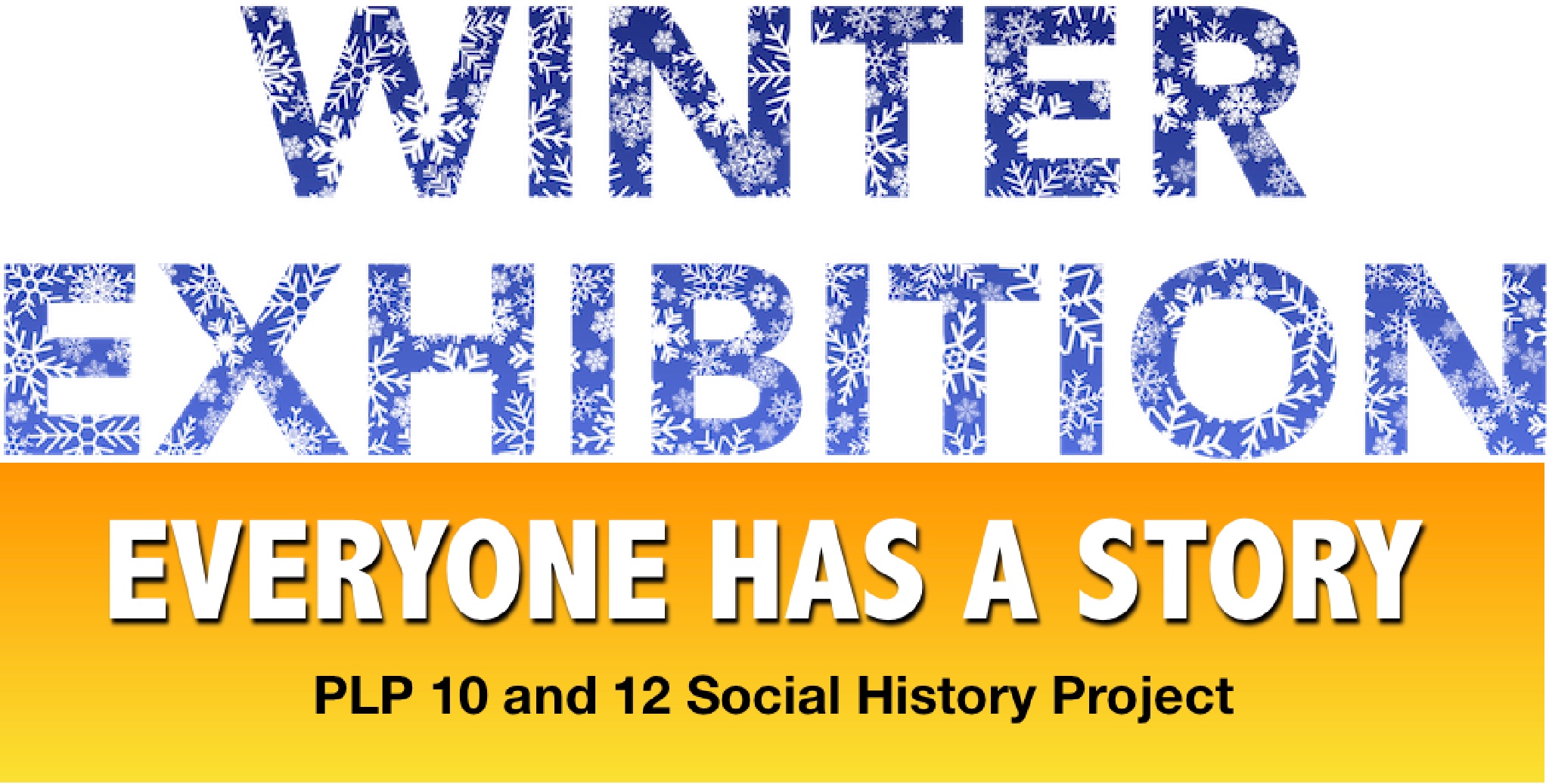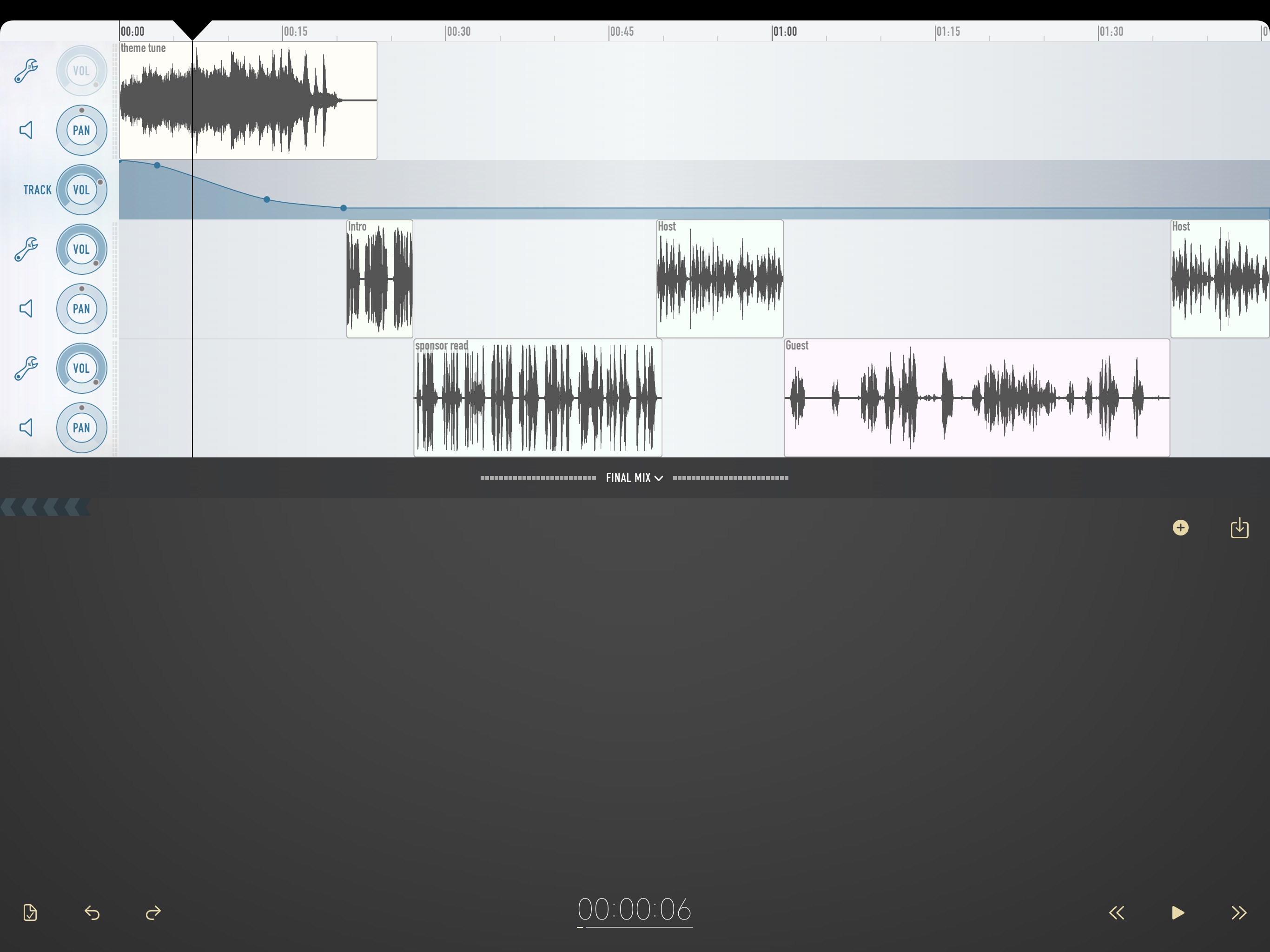If you were asked to share your life story and experiences, would you? How would you tell your story?

At the end of term 1, in December, PLP had its Winter Exhibition. This is the night when PLP students from all grades come together to showcase their learning. There are two showcases every year: you can look at my posts from last year’s exhibitions here: First, Second

This time, the Winter Exhibition for the Grade 10’s was all about podcasts. A few months before winter break we started learning to write and record podcasts about various topics. Then we started to transition into podcasts about people’s stories. This idea came from the public radio show and podcast, StoryCorps. First, we learned about StoryCorps. This showed me the importance of sharing a story and having other people tell theirs. If we don’t share our stories other people will not be able to learn from our experiences and mistakes. StoryCorps mission statement is: “to preserve and share humanity’s stories in order to build connections between people and create a more just and compassionate world.” I thought what StoryCorps was trying to do was inspiring and thoughtful.

Then we were introduced to our project: “PLP 10 and 12 teams will work together to create three podcast episodes based on the StoryCorps format and mission.” For my project, I was paired up with Sam (in my grade) and Cashel (our grade 12 teammate). Our first podcast episode was to interview our grade 12 teammate about his experiences at Seycove. This was our first interview podcast ever, and it was difficult to get into the rhythm of responding and asking questions. Luckily, we had been learning how to make and ask engaging interview questions. This was one video from StoryCorps that was very helpful when planning for the interview.
Days before the interview Sam and I brainstormed what questions to ask, and we kept in mind that we could construct our questions so that we could get the answers we wanted in return. We made questions that couldn’t be answered with yes or no because we wanted our interviewees to expand on their ideas. To do this, we started a lot of our questions with “What”. Once Sam and I interviewed Cashel it was time to edit the audio. We took out all the “Um”s and pauses and added in a clearer intro and outro. This was our podcast:
I think the interview went well. We got good, descriptive answers to our questions and with a little bit of editing, everything sounded great.
The next podcast was with one of our family members. Sam and I had to do this podcast separately. We had to interview someone we consider family, I interviewed my Mom. I started by planning the interview out: what was the story I wanted her to tell, what were the questions I was going to ask, etc… I wanted the podcast to be about her childhood, her experiences growing up, and her travels, so I based most of the questions around those points. This interview was easier to do, I was more at ease, and I feel like the flow went better than my first one. Maybe it was because I have known her for 15 years, who knows. This was my second podcast:
The last, and main podcast of the unit was to record an interview with a random person during the PLP Winter Exhibition. Well, actually, we had to record three interviews and then pick the best one out of the three.

This was definitely the most nervewracking interview to do, and the whole class was pretty confused on how the exhibition night would go. While the grade 8 and 9 PLP classes did their exhibitions in the PLP room and the library, the Grade 10’s were separated into various different rooms across the school to do their interviews. I was assigned the textiles room with Sam, Cashel, and another group, Lucas, and Michael F (his grade 12 partner). We all decided to decorate our room with a Christmas theme, and I think it turned out pretty well!


When it came to interviewing time, our Grade 12 partners went out and asked exhibition guests if they would come for an interview. Once our interviewee came into the room, it was showtime. I would spend the next 5-8 minutes asking the person across from me about their childhood, and their experiences (Sam and I both agreed that we would focus our podcasts on childhood). All the interviews were recorded on an app called Ferrite; we actually used this app for all of our podcasts for the unit. At first, I thought I wasn’t going to like it because I was so used to editing on iMovie, but after using it for a while I find it more simple to use, and easier to edit and produce professional sounding work.

At the end of the exhibition, I went through the interviews and picked my favorite. I had the opportunity to interview Cara Felde who lives here in Deep Cove. This was the first draft of the podcast:
Of course, after every project in PLP, there are revisions. Our Grade 12 partner gave us some feedback on our work:

For my final draft, I re-recorded parts of the intro and made the transitions between questions smoother. I think my final draft turned out great:
After the exhibition was over the class got together and reflected on what went well, and some things that could have gone better, or should be improved for next year.
What went well:
The room looked inviting and was decorated nicely
Sam and I had lots of time to prepare for our interviews
The flow between interviews went well, whenever one of our group members finished their interviews we were ready to take their place
Cleaning up was calm and easy
What didn’t go well/Could be improved
The noise of talking and moving in the hallways ruined some of the audio in my podcast
More explanation could have been given to the interviewees. I often found that they came into the interview with no idea what they were doing
More follow up questions based on my interviewee’s answers
This was a very intense few weeks of learning, and I’m proud of the work I produced.
See you next time!
Leave a Reply